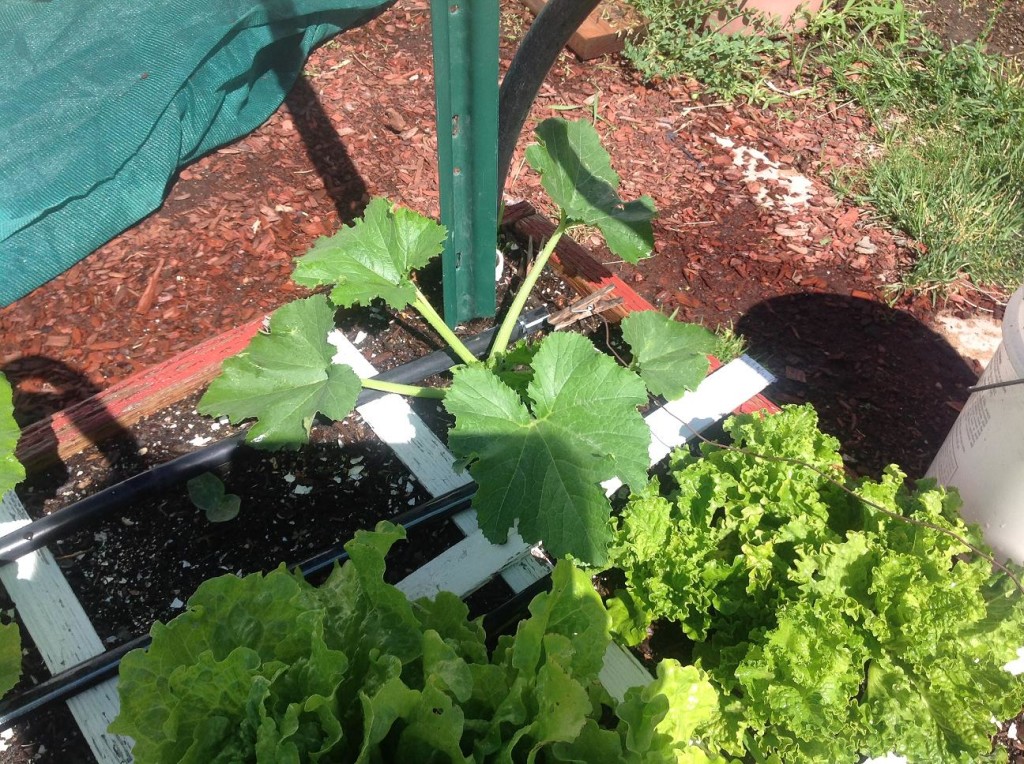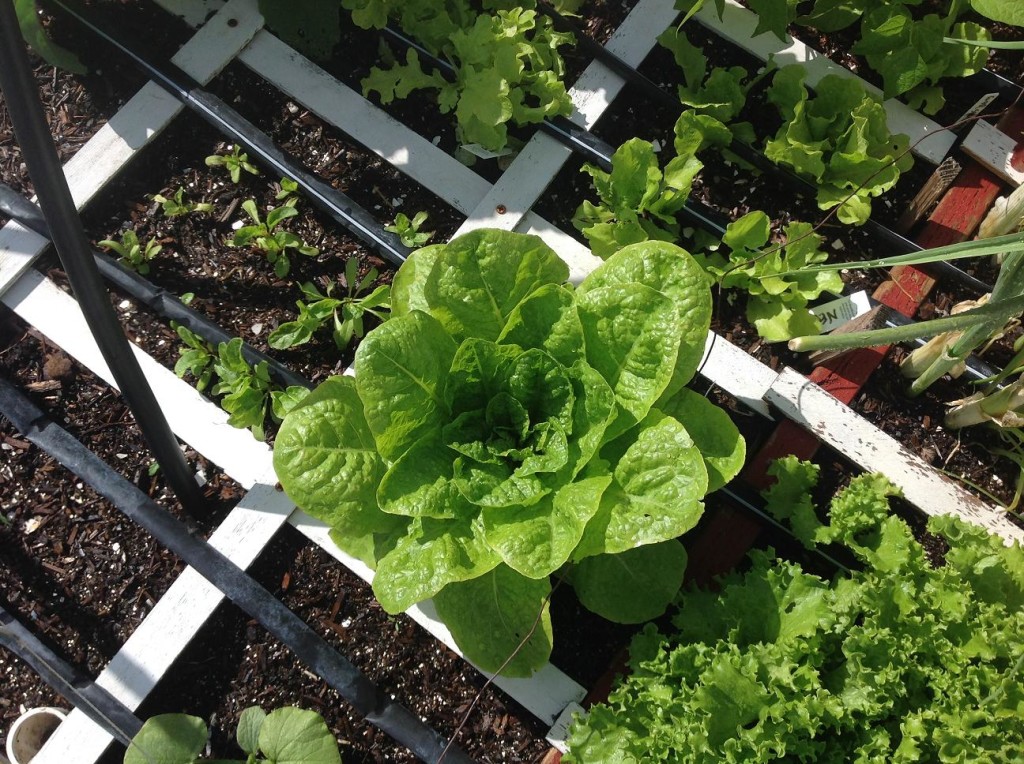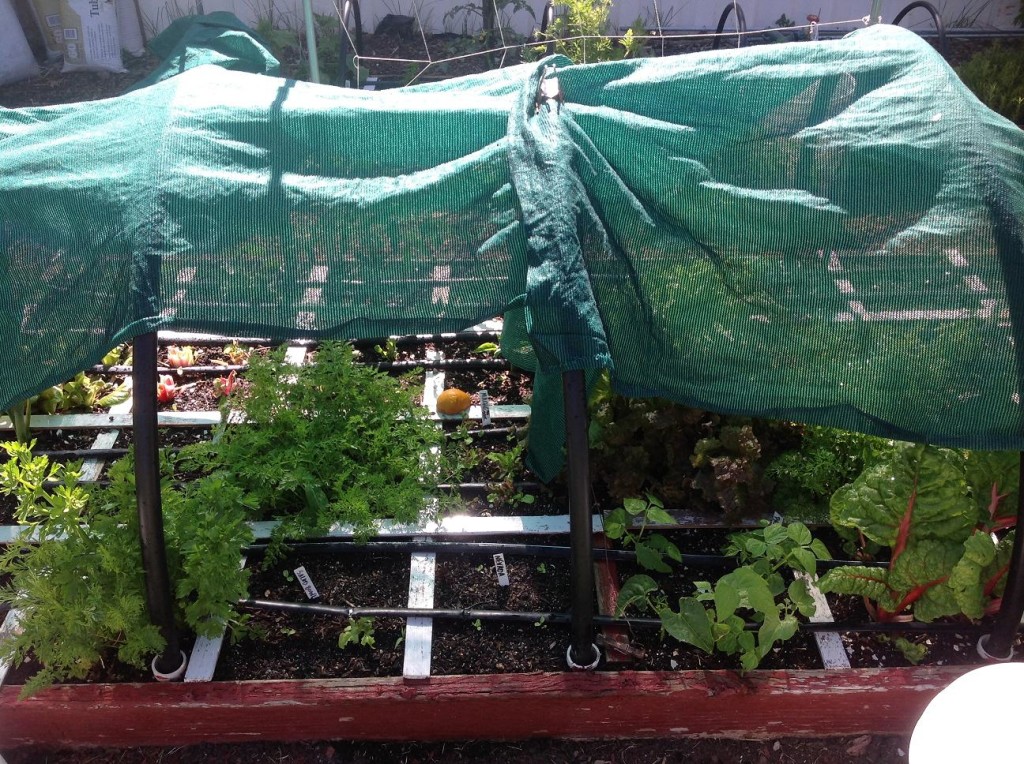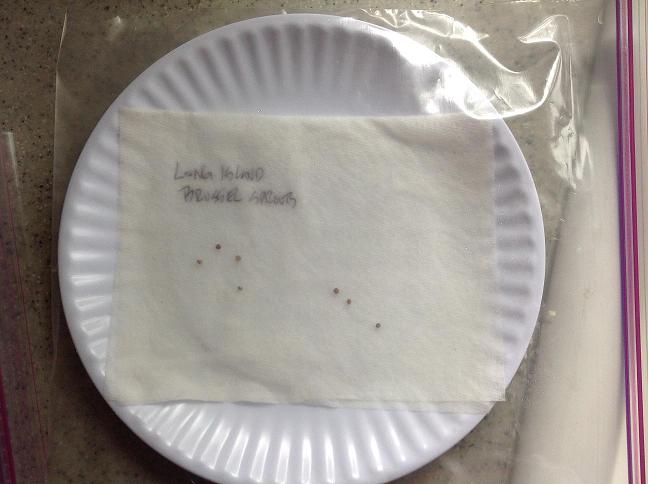 It’s hard to believe but fall isn’t too far away. Right now is the time to start a few things indoors that you’ll transplant to your garden in 6 weeks. For me, that’s brussel sprouts and leeks. Be sure to look at the maturation dates for leeks-I’ve got 3 varieties that all have harvest dates of 90, 110, and 120 days. I like to start brussel sprouts inside on the last week of June. In 6 weeks they’ll be ready for transplanting and will be a good size. That puts me in the 2nd week of August which is when all the pests begin to go away-in this case aphids. This crop loves the cooler weather and in fact tastes better after a hard freeze. There’s several crops this happens with. When you sprout the seeds first I think you save a lot of time(and seeds)by knowing which seeds will grow. Then you put them in your potmaker cups and you’re off and running. These will sprout in about 3 days. If all seven seeds sprout, I’ll give a few of them away. We only need 1 plant to feed 2 of us but I’ll end up growing 3 or 4 to make sure I’ve got enough for customers. For leeks I’ll do the same thing. My favorite varieties are Bandit and Megaton. At a later date I’ll show you my technique for getting a large part of your leek to be white without all the extra work of hilling.[ois skin=”below post”]
It’s hard to believe but fall isn’t too far away. Right now is the time to start a few things indoors that you’ll transplant to your garden in 6 weeks. For me, that’s brussel sprouts and leeks. Be sure to look at the maturation dates for leeks-I’ve got 3 varieties that all have harvest dates of 90, 110, and 120 days. I like to start brussel sprouts inside on the last week of June. In 6 weeks they’ll be ready for transplanting and will be a good size. That puts me in the 2nd week of August which is when all the pests begin to go away-in this case aphids. This crop loves the cooler weather and in fact tastes better after a hard freeze. There’s several crops this happens with. When you sprout the seeds first I think you save a lot of time(and seeds)by knowing which seeds will grow. Then you put them in your potmaker cups and you’re off and running. These will sprout in about 3 days. If all seven seeds sprout, I’ll give a few of them away. We only need 1 plant to feed 2 of us but I’ll end up growing 3 or 4 to make sure I’ve got enough for customers. For leeks I’ll do the same thing. My favorite varieties are Bandit and Megaton. At a later date I’ll show you my technique for getting a large part of your leek to be white without all the extra work of hilling.[ois skin=”below post”]
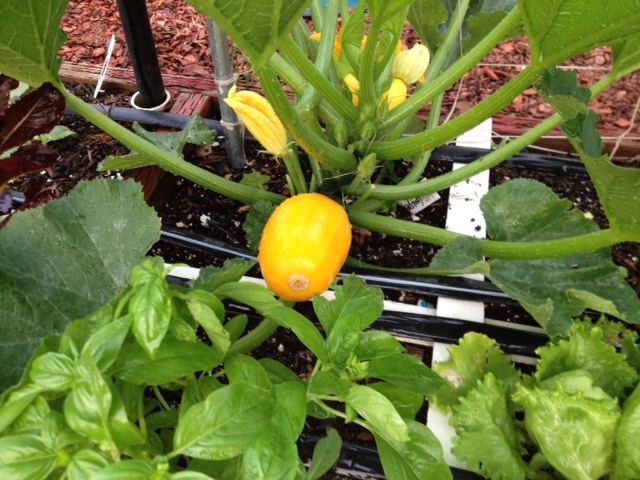 I can’t tell if I’m a little late on the first squash or not. Some of my neighbors have already been pulling zucchini, but that’s only been for the last 2 weeks. We love this squash-it’s from Burpee’s and it’s called Golden Egg. It’s a heavy producer and I’ve got 3 of them growing. It’s growing vertically on a tower and this saves a lot of room. Also notice that great looking basil just in front of it. Looks like it’s time to start having our famous fresh tomato pizza for the summer!
I can’t tell if I’m a little late on the first squash or not. Some of my neighbors have already been pulling zucchini, but that’s only been for the last 2 weeks. We love this squash-it’s from Burpee’s and it’s called Golden Egg. It’s a heavy producer and I’ve got 3 of them growing. It’s growing vertically on a tower and this saves a lot of room. Also notice that great looking basil just in front of it. Looks like it’s time to start having our famous fresh tomato pizza for the summer!
